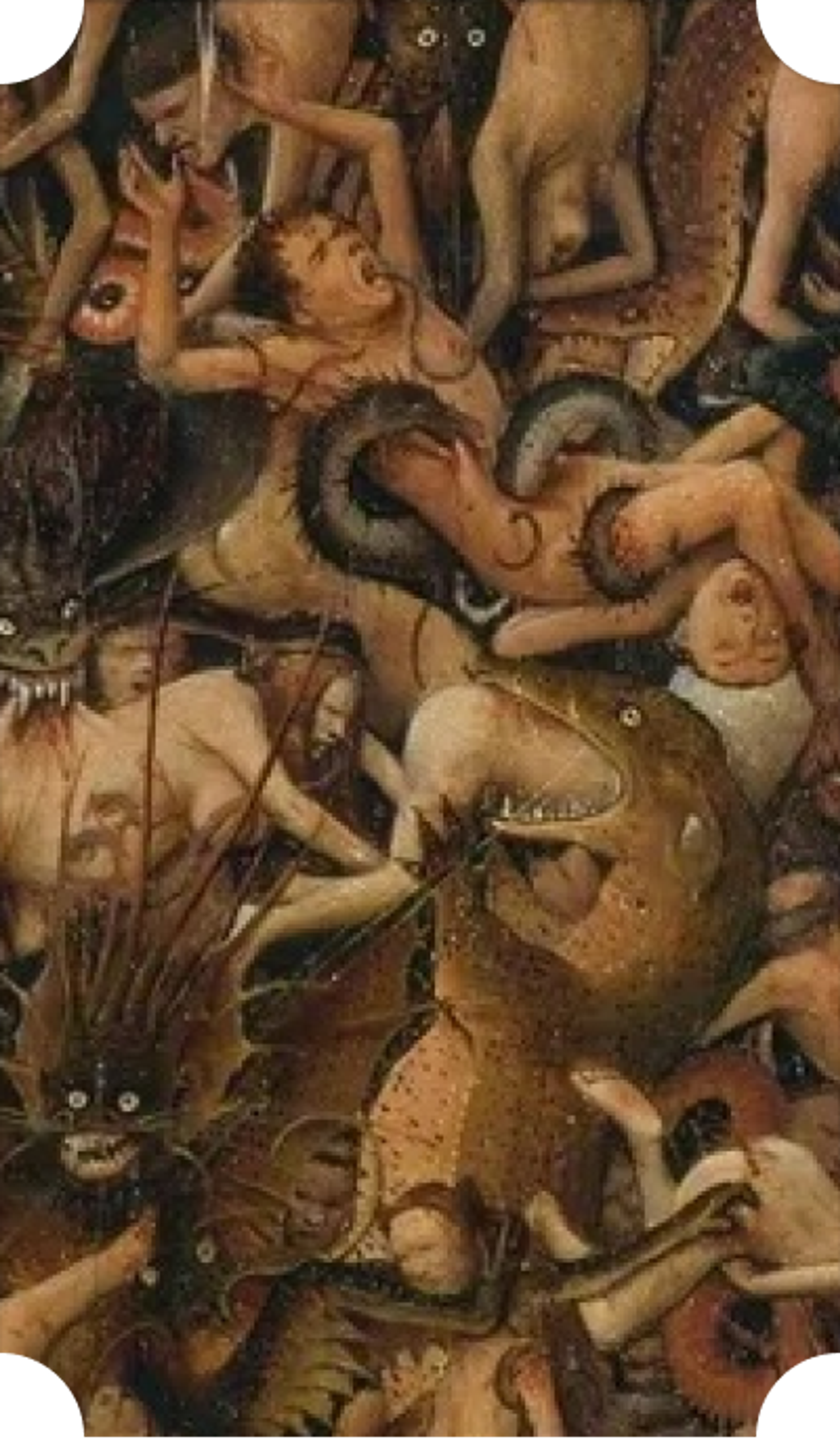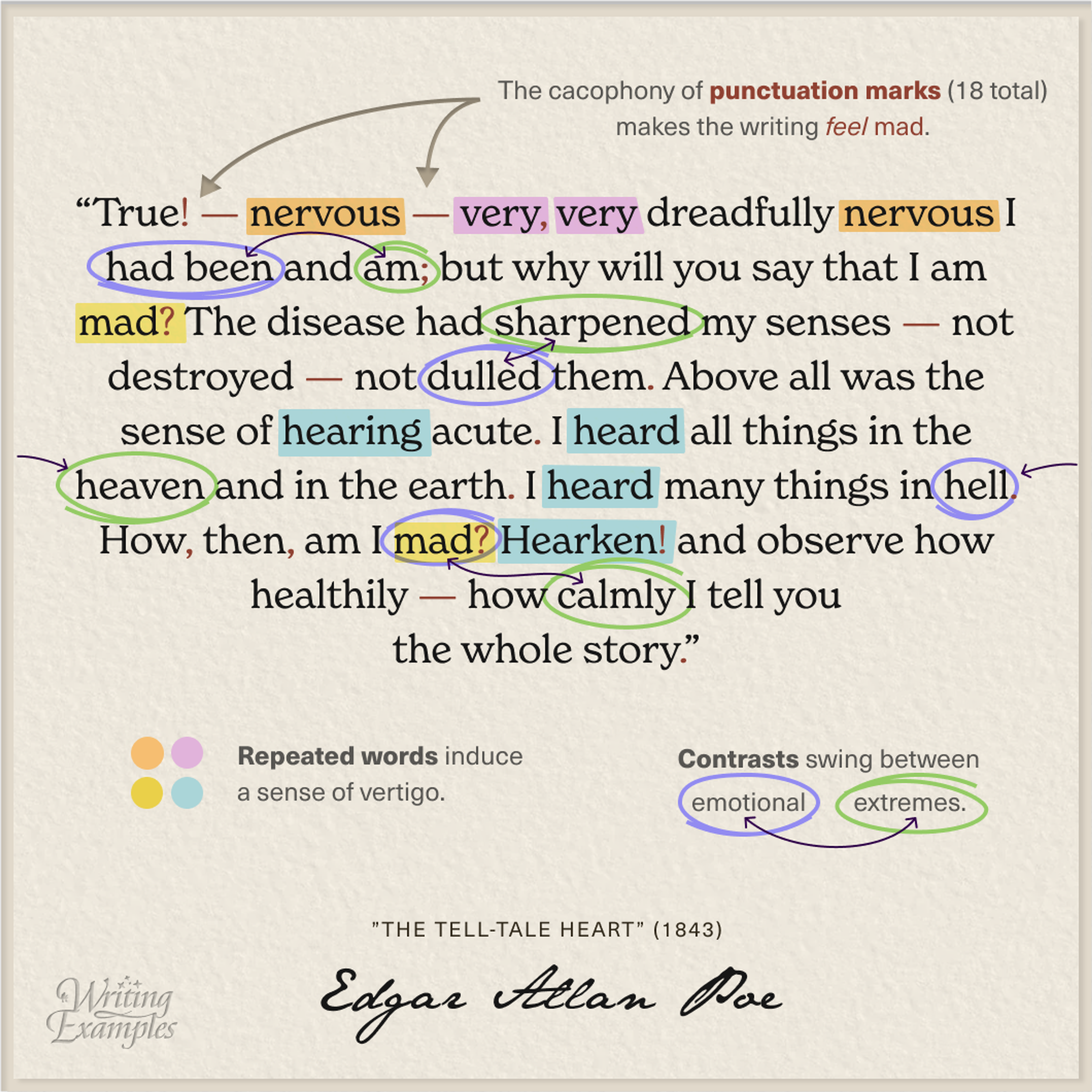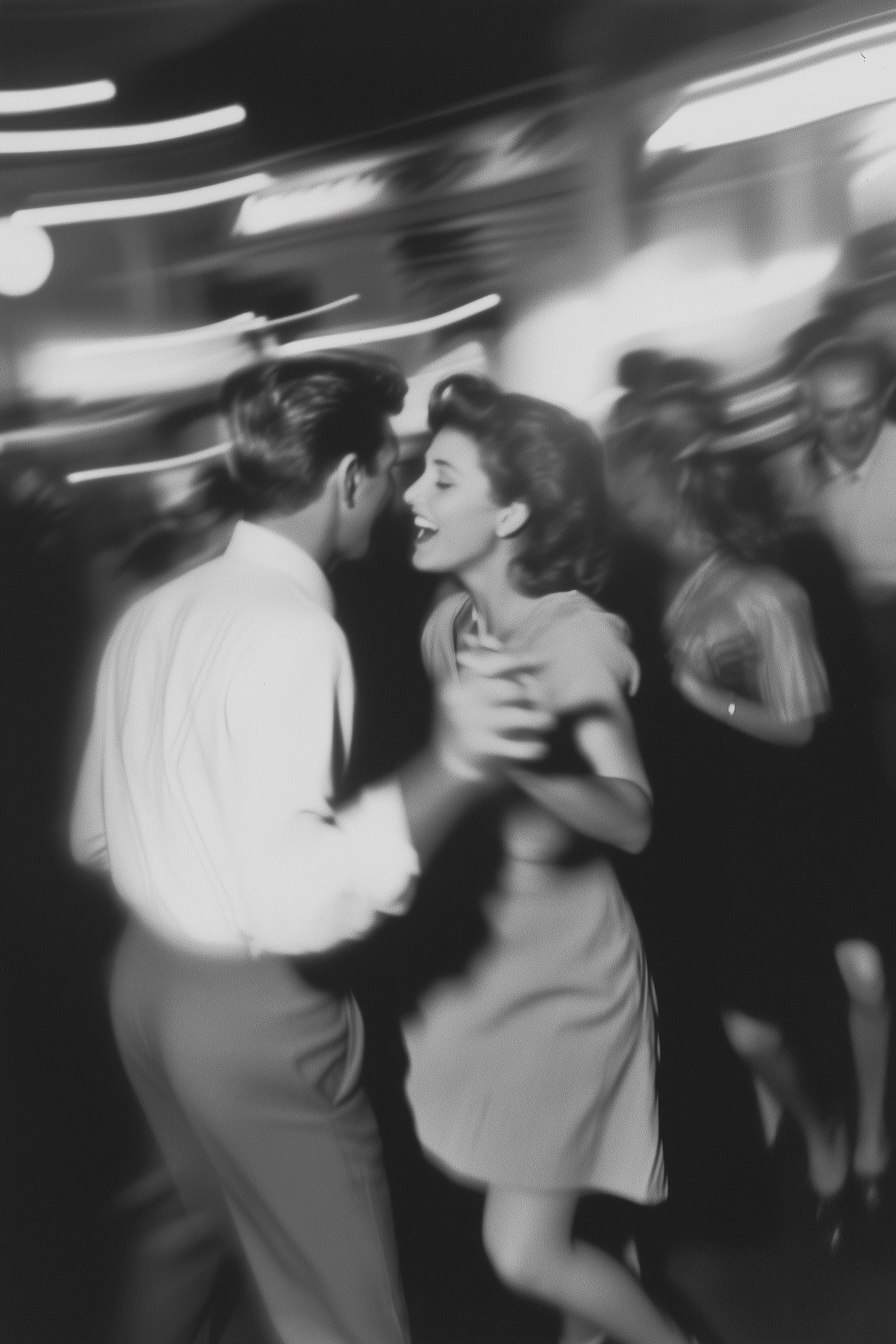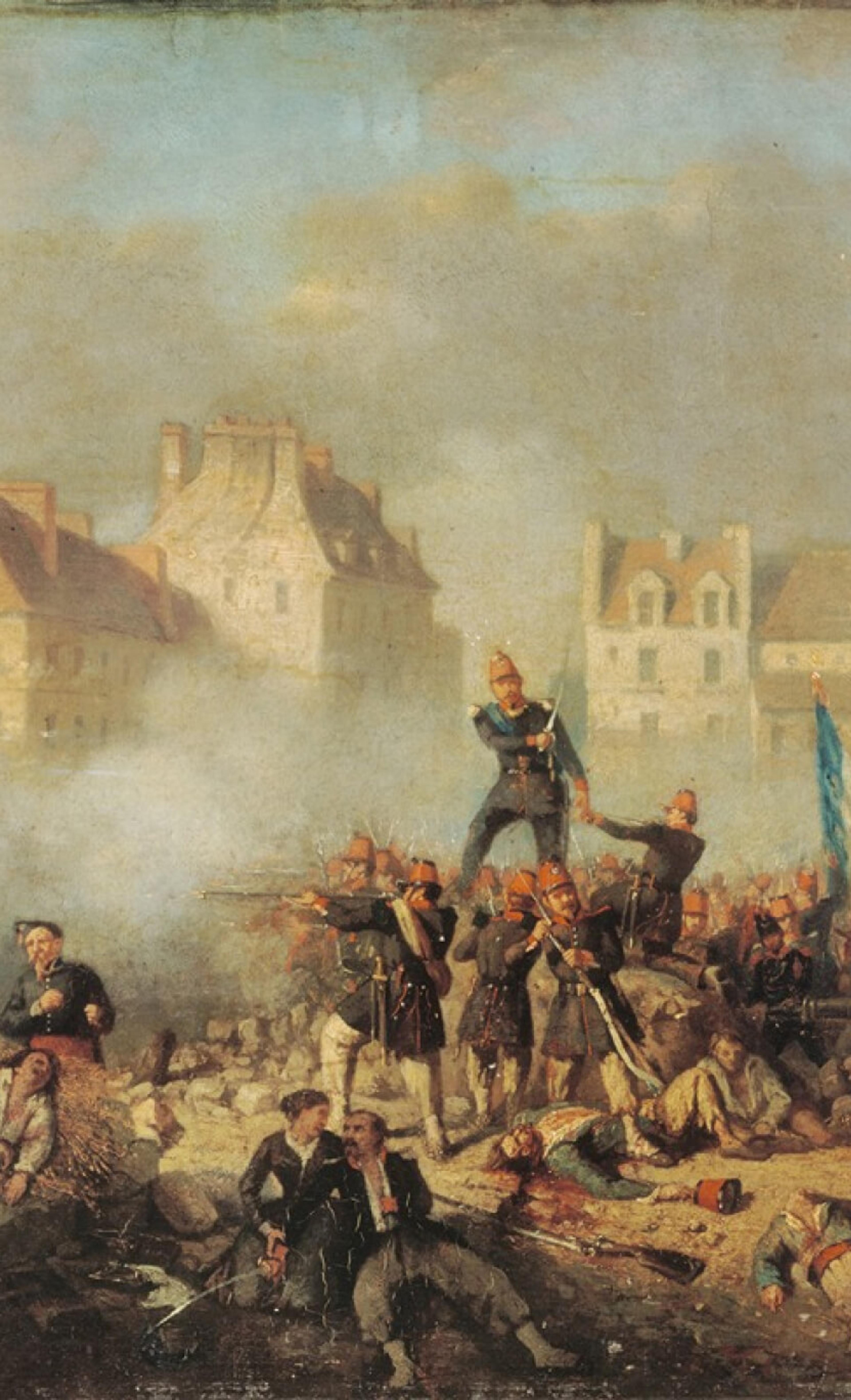HOW TO
ConveyMadness


unky writing has gone out of style ever since Hemingway stepped onto the scene in the early 20th century and kickstarted the minimalist era. Sentences and paragraphs have become simpler. More direct. More to-the-point.
But Edgar Allan Poe’s writing shows how style can amplify substance. The content of the paragraph is mad and so is the punctuation. He establishes the tone within the first few words. And Poe doesn’t just describe the feeling of madness; he shows it too. And he shows it with repetition, unusual grammar, fits and starts — and more fits and starts — as if the paragraph itself wants to induce a sense of vertigo in the reader.
Poe repeats words like mad, very, heard, and nervous — and all this repetition makes the paragraph feel dizzying.
The punctuation piles onto the chaos. There are eight sentences — the longest one has 20 words; the shortest has just one. There are five em dashes, three commas, two exclamation points, and two rhetorical questions about madness — and the cacophony of these symbols make the writing feel frantic and disjoined like the subject it describes.
A spell-checker would call red-alert on this paragraph, and that’s the point.
Minimalism is a tool, not the rule. To hell with sanity! To hell with spell-check’s recommendations in a moment like this! A paragraph about madness should feel mad.
Read More
Write like the Greats
New Writing Examples, right in your inbox.
“Beautiful, playful, and high-quality. Kudos.”
Clayton
from Missouri, USA



